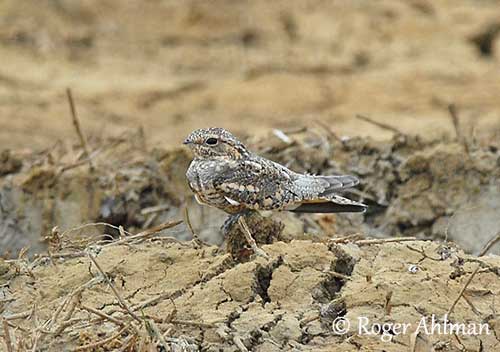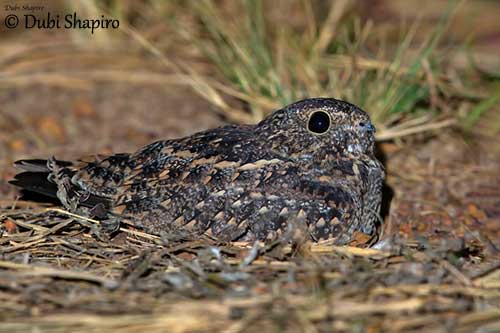
Fr: Engoulevent minime
Ang: Lesser Nighthawk
All: Texasnachtschwalbe
Esp: Añapero Garrapena
Ita: Succiacapre minore
Nd: Texasnachtzwaluw
Sd: mindre falknattskärra
Photographers:
Roger Ahlman
Pbase Galleries Peru and Ecuador
Dubi Shapiro
Dubi Shapiro Photo Galleries
Simon Tan
PBase Bird galleries
Text by Nicole Bouglouan
Sources:
HANDBOOK OF THE BIRDS OF THE WORLD Vol 5 by Josep del Hoyo-Andrew Elliott-Jordi Sargatal - Lynx Edicions - ISBN: 8487334253
NIGHTJARS - A Guide to Nightjars and Related Nightbirds – Nigel Cleere and Dave Nurney - Yale University Press - First Edition (August 11, 1998) - ISBN 10: 0300074573 / ISBN 13: 9780300074574
A GUIDE TO THE BIRDS OF MEXICO AND NORTHERN CENTRAL AMERICA by Steve N. G. Howell, Sophie Webb - Oxford University Press - ISBN: 0198540124
BIRDS OF PERU by Thomas S. Schulenberg, Douglas F. Stotz, Daniel F. Lane, John P. O’Neill, Theodore A. Parker III–Princeton University Press 2007–ISBN: 978-0-691-13023-1
A GUIDE TO THE BIRDS OF COLOMBIA by Steven L. Hilty and William L. Brown - Princeton University Press – ISBN 069108372X
Animal Diversity Web (University of Michigan Museum of Zoology)
South Dakota Birds and Birding – (Terry L. Sohl)
Houston Audubon Society (National Audubon Society)
What Bird-The ultimate Bird Guide (Mitchell Waite)
Wikipedia, the free encyclopaedia
Lesser Nighthawk
Chordeiles acutipennis
Caprimulgiformes Order – Caprimulgidae Family
INTRODUCTION:
The Lesser Nighthawk is found in SW North America, Central and South America where it frequents large, open areas and a variety of habitats such as woodlands, gardens, mangroves and suburban areas.
It feeds on various insect species caught in flight or by short sallies from the ground. Like other nightjars, the Lesser Nighthawk does not build a nest, and the eggs are laid directly on the leaf litter, beach or boulders, often beneath a small bush.
The Lesser Nighthawk has seven recognized subspecies, some of them being migratory.
The species is described as locally common throughout the large range, but it is affected by habitat loss and use of insecticides in some regions. But currently, the Lesser Nighthawk is not globally threatened.

DESCRIPTION OF THE BIRD:
Biometrics:
Length: 19-23 cm
Weight: 34-64 g
The Lesser Nighthawk may appear small-headed at rest, with the wingtips reaching the tip of the tail.
In flight, the wings appear fairly pointed and the tail is slightly forked.
The upperparts are brownish with greyish-white speckles and conspicuous blackish-brown spots. An indistinct buffish to pale grey collar is sometimes visible on the hindneck. The scapulars are blackish-brown with buff edges on the outer webs. The wing-coverts are brownish with greyish-white, brown and buff pattern.
On the underparts, the throat-patch is white in male and buffish in female. The underparts are brownish with greyish-white, cinnamon and buff spots and speckles. Belly and flanks are buff with brown bars.
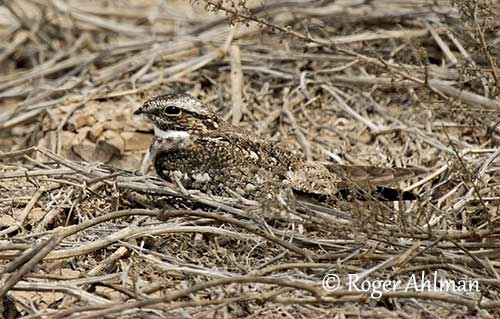
The male has a white band across the wingtip on the four outermost primaries. On the tail, we can see a narrow, white subterminal bar across the rectrices, except the central pair.
The female has buffish-white band on the wing, but the white tail band is absent. She is slightly paler and browner than male.
On the head, the crown is blackish-brown. Lores and ear-coverts, chin and throat sides are dark brownish with paler spotting.
The bill is blackish. The eyes are dark brown. Legs and feet are brownish to greyish.
The juvenile is usually greyer or buffier than adults. On the wings, primaries and secondaries have greyish-white or tawny tips.
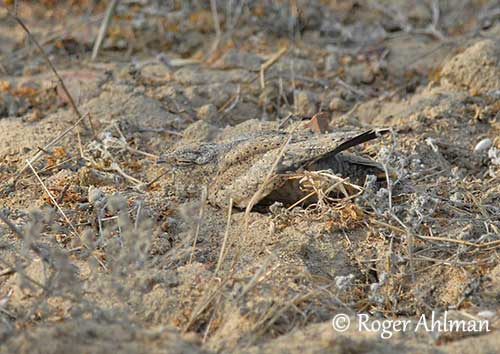
SUBSPECIES AND RANGE:
The Lesser Nighthawk has seven subspecies that differ in size, plumage colour and pattern of the underparts. The size of both wing and tail band may vary between males.
C.a. acutipennis (described above) is resident in North America and South America to N Bolivia, Paraguay and N Argentina.
C.a. texensis breeds in SW of USA to C Mexico and winters to N Colombia.
C.a. micromeris breeds in N Yucatán Peninsula and Belize. It winters to Panama.
C.a. littoralis is found from S Mexico to Costa Rica.
C.a. crissalis is found in SW Colombia.
C.a. aequatorialis occurs in W Colombia, W Ecuador and adjacent NW Peru.
C.a. exilis is found from W Peru to extreme N Chile (rarely).
HABITAT:
The Lesser Nighthawk frequents deserts and semi-deserts, areas with scrubby vegetation and cultivated fields. It favours open habitats and can be found in all types of open country. It also occurs in gardens and suburban areas, woodlands, mangroves, ocean beaches and salt lagoons depending on the range.
The species is visible from sea-level to 1,200/2,500 metres of elevation (occasionally).
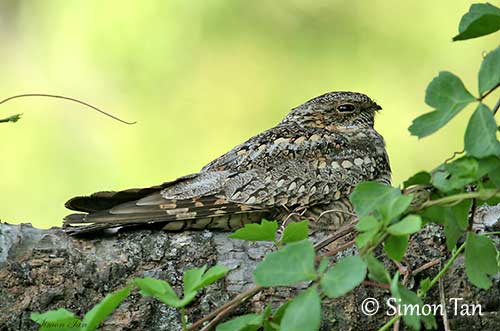
CALLS AND SONGS: SOUNDS BY XENO-CANTO
The Lesser Nighthawk gives a bleating “whik” in flight, and a nasal, rail-like series of “chuck” notes and dove-like “c-r-rooo” calls.
The song is given from the ground or near the ground, a low, churring, toad-like trill “urrrr” in series of 7/13 seconds. It sings in flight but also from perches or from the ground.
During the courtship displays, we can hear bleating sounds, slow trills and long, nasal “whaa” or “whoo” calls.
A guttural hissing is given by both adults during defence behaviour and distraction display near the nest.
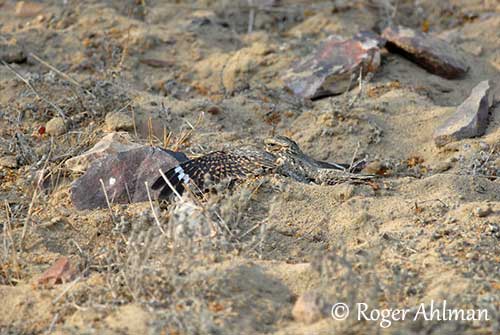
BEHAVIOUR IN THE WILD:
The Lesser Nighthawk feeds primarily on flying insects such as moths, beetles, winged ants, mosquitoes and grasshoppers.
It forages mainly in flight, near dusk and at night. It flies fairly low and catches insects in its wide mouth lined with fine hairs helping to trap the prey. But it also jumps up to catch insects from the ground. It also hunts around artificial lights where insects are often attracted at night.
It drinks by gliding low in flight and dipping the bill into the water, or by hovering over the water surface.
At the beginning of the breeding season, the male performs aerial displays. It flies with stiff wingbeats while following the female. While giving trilling calls, the white throat is puffed out and exposed.
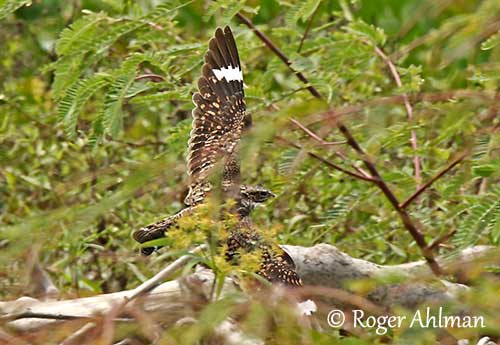
The pairs stay together during the breeding season, and probably longer. The nest is on the ground, often on small pebbles. They are territorial and the male chases other males in flight.
Many populations are probably sedentary. Both races “texensis” and “micromeris” are migratory and move southwards after breeding. They usually migrate in loose flocks, sometimes in large numbers.
The Lesser Nighthawk patrols the sky alone or in groups, alternating snappy wingbeats, fast flutters and short glides with the wings held in V. The flight is fast on long, pointed wings, with erratic twist and turns and changes of direction.
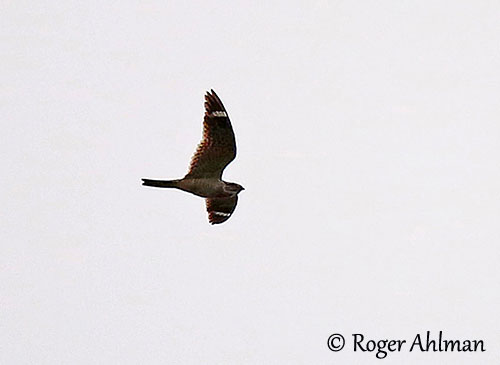
REPRODUCTION OF THIS SPECIES:
The breeding season varies according to the range, from late April to August in SW USA, to January/February in S Colombia, and February/March in E Ecuador.
The Lesser Nighthawk does not build a nest. The nest-site is on the ground, sometimes under a small bush or shrub, but often in open spot, occasionally on roof on building.
The female lays two white to pale grey eggs with fine grey, brown and lavender dots. They are laid directly on sand, gravel, bare ground or leaf litter. The incubation is almost entirely performed by the female and lasts 18-19 days.
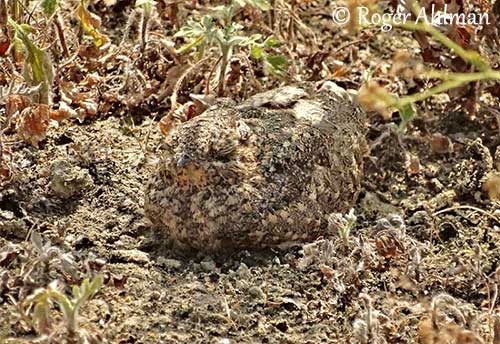
The young are fed by regurgitation of insects by both parents.
If the nest is threatened, the adults perform the “broken-wing” display to lure intruders away. The young may move to a new site if disturbed, as they are able to crawl rapidly over the ground. They can fly probably three weeks after hatching.
The breeding season is fairly long and this species probably produces more than a single brood.
Egg predators are mainly Black-crowned Night Heron, coyotes, foxes, raccoons, striped skunks and snakes. The chicks are taken by the Loggerhead Shrike, the Greater Roadrunner and coyotes, and the adults may be killed by the Aplomado Falcon.
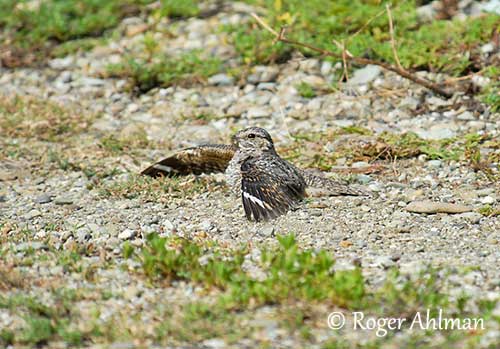
PROTECTION / THREATS / STATUS:
The Lesser Nighthawk is usually fairly common throughout the range.
The population has increased by 15% since 1970 (Partners in Flight). The global breeding population is estimated at 12,000,000.
However, the species is affected by habitat loss caused by mining and urbanization in California, and use of insecticide in New Mexico. But these birds are difficult to survey because of their nocturnal habits. More studies are needed.
But the species is not considered globally threatened and the Lesser Nighthawk is currently evaluated as Least Concern.
